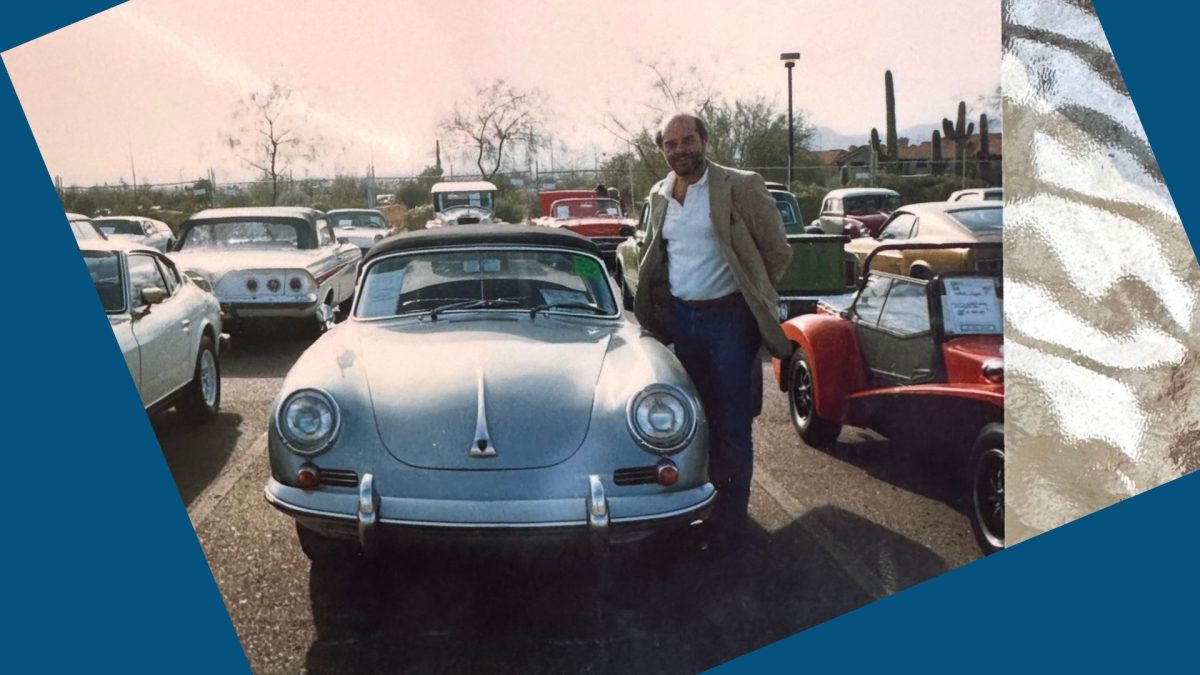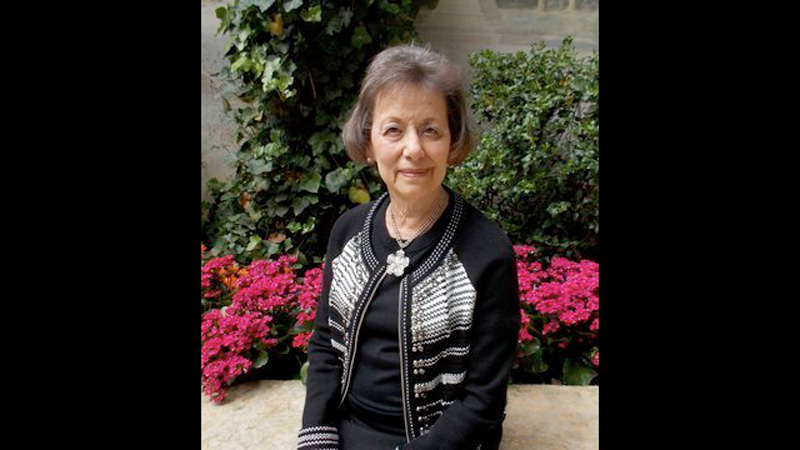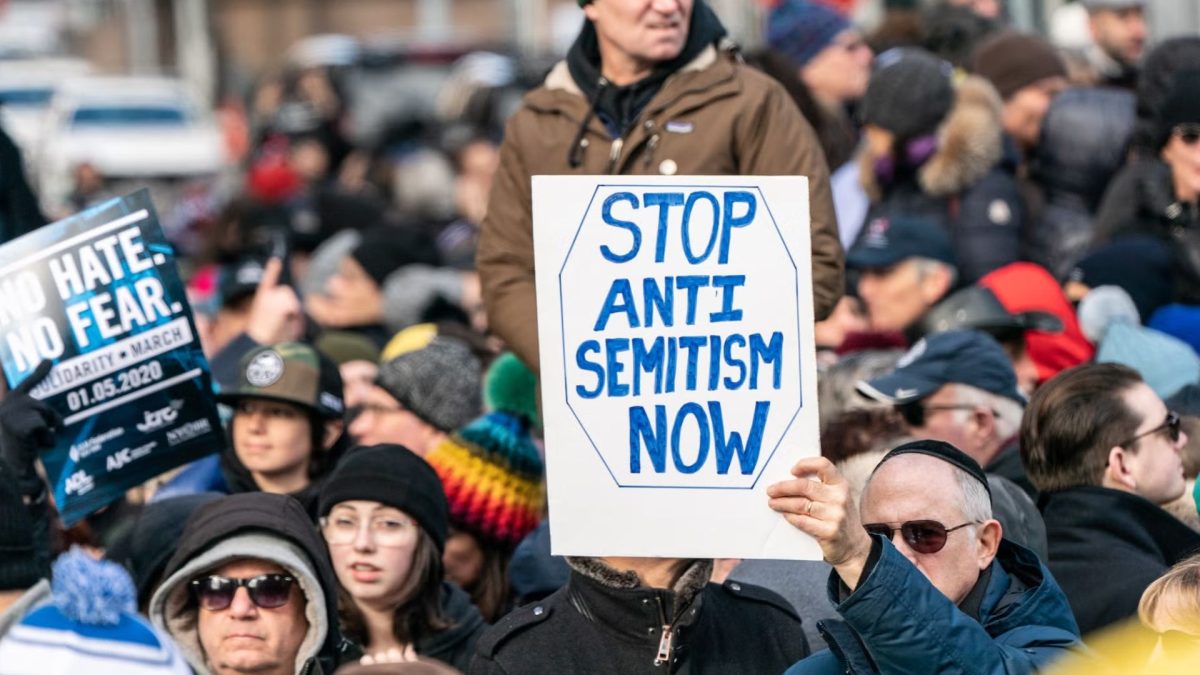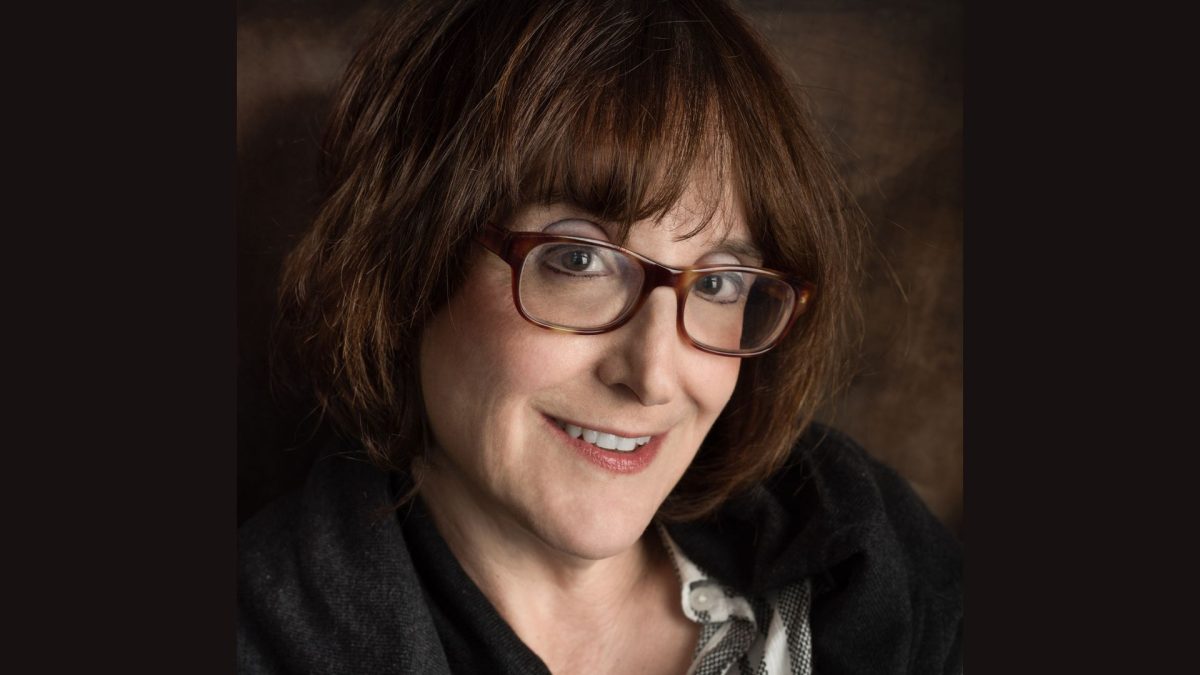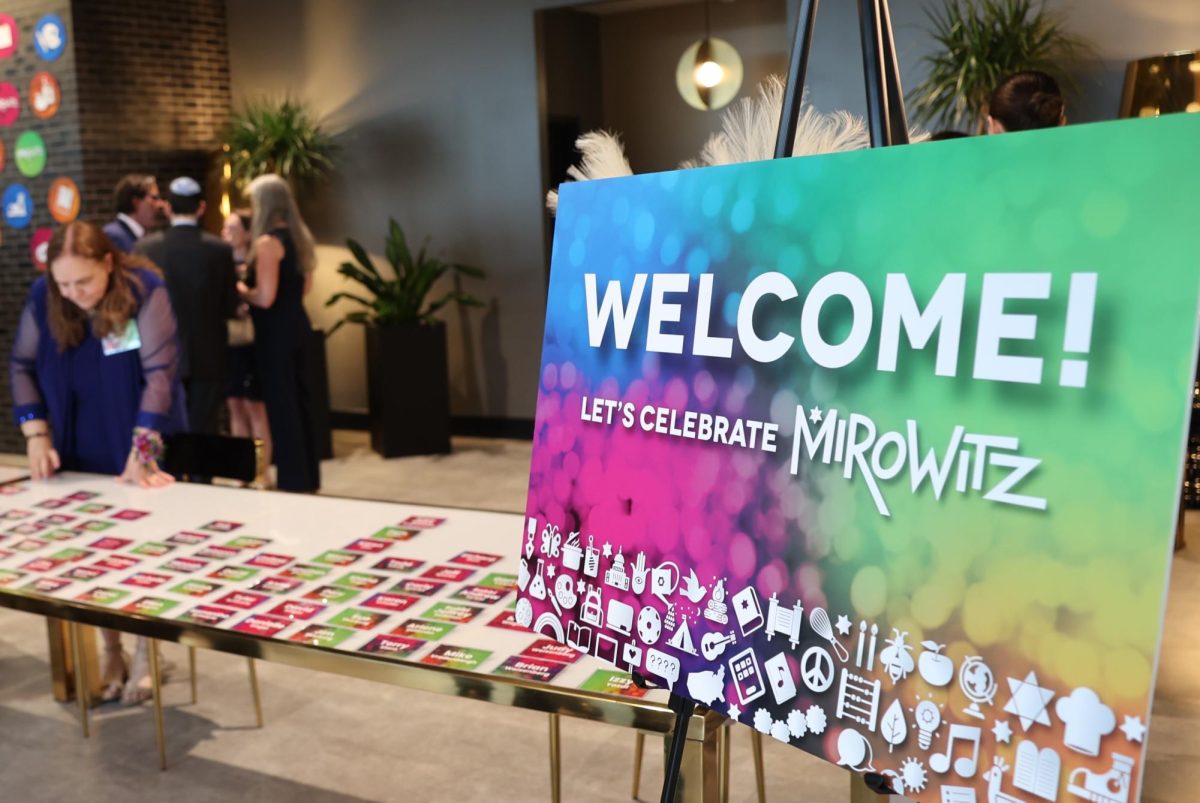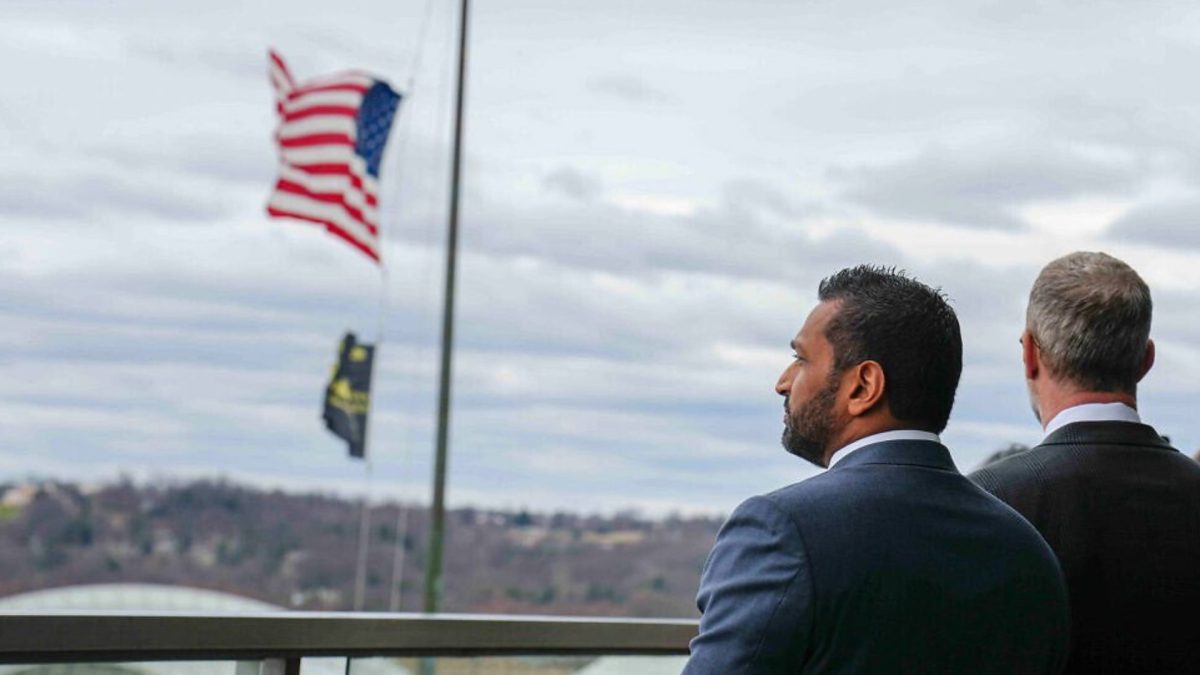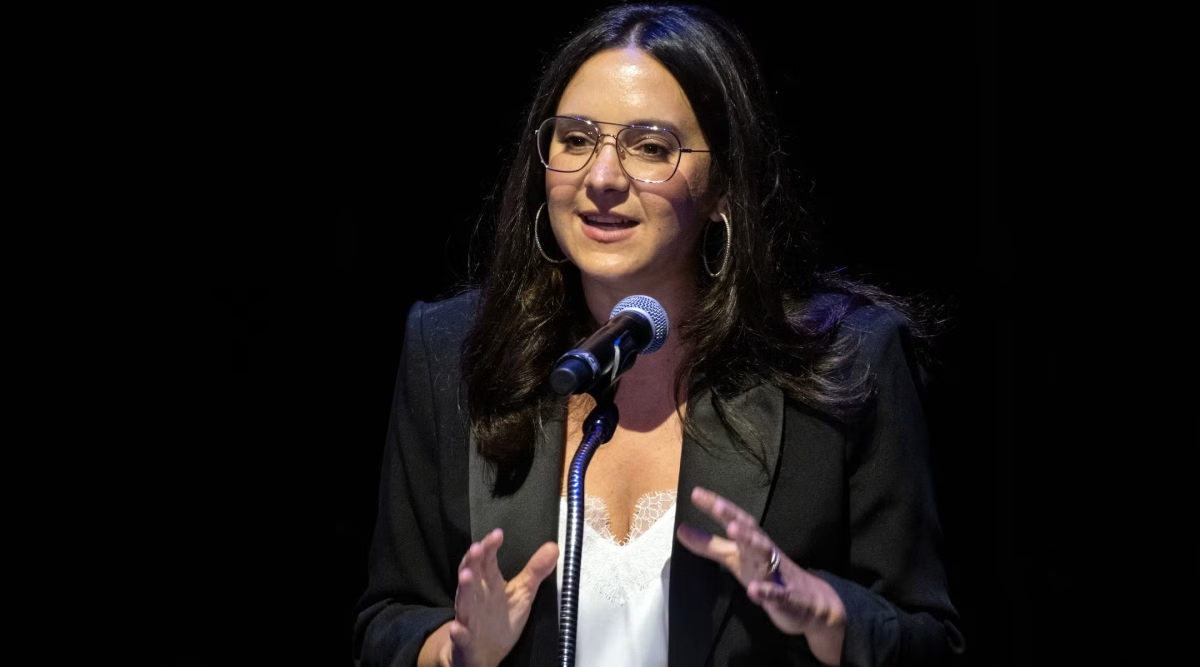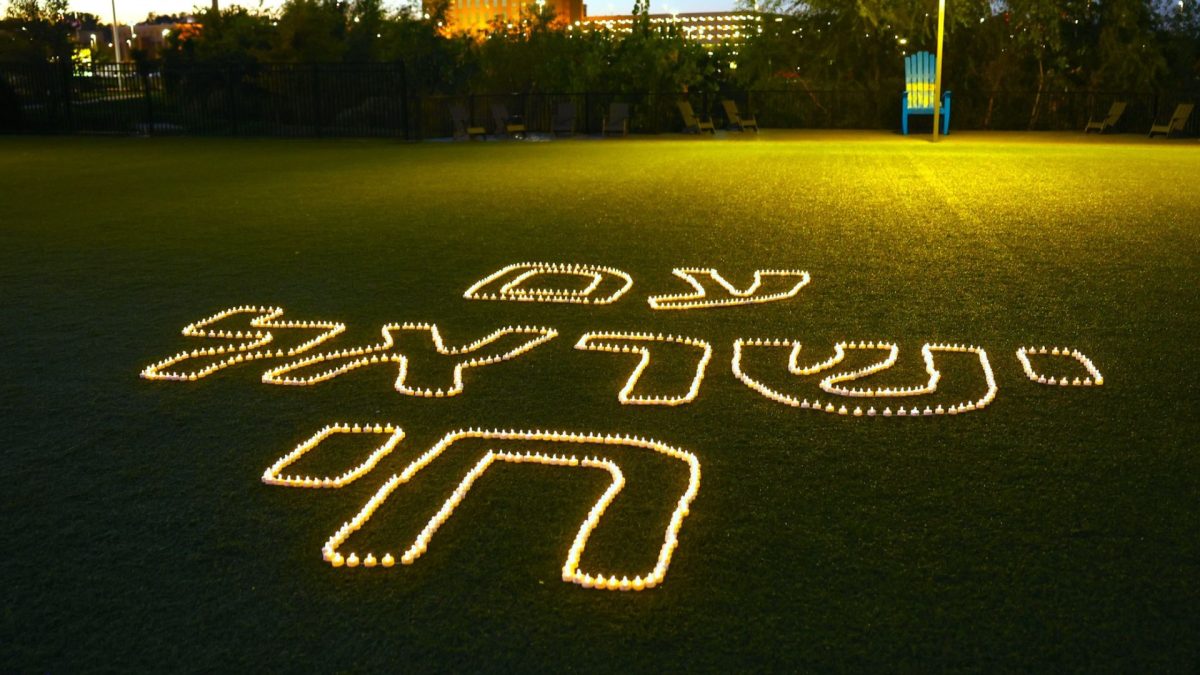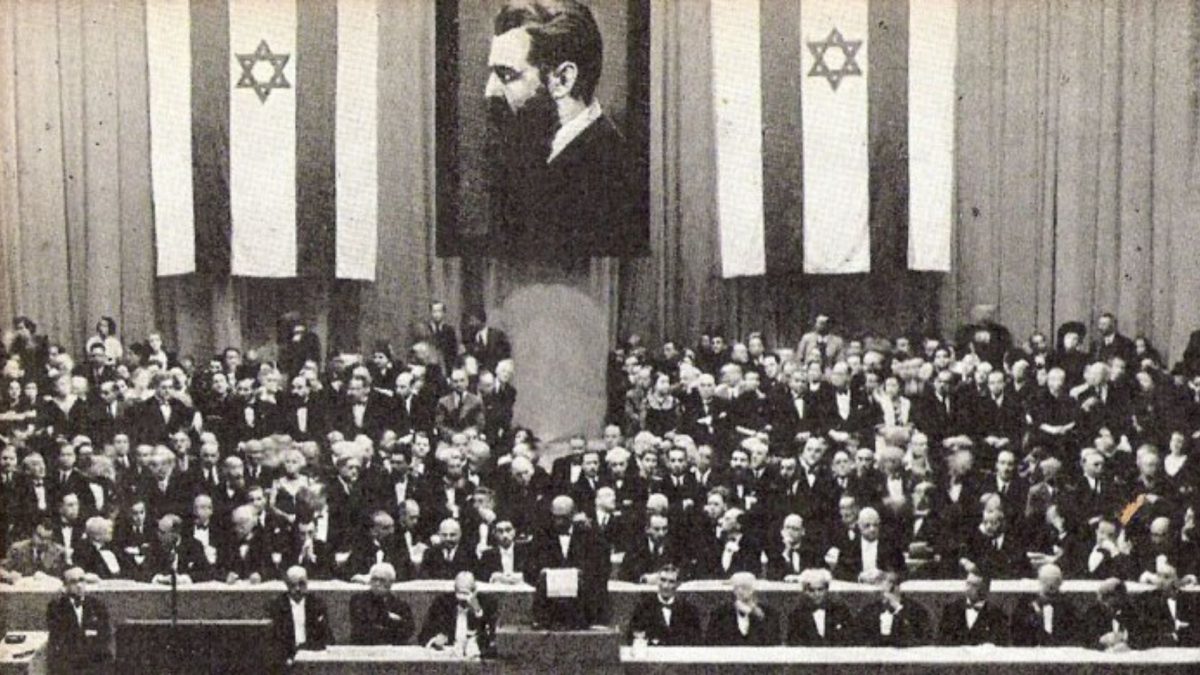Back in the 1930s, as Franklin Roosevelt’s New Deal and its Works Progress Administration aimed to steer the country back to prosperity, the government came up with a bold plan. They decided to hire over 10,000 American artists to create various forms of art to help jumpstart the nation’s economic recovery. The program, called “The Federal Art Project” (FAP), ran from 1935 to 1943. In 1943, the St. Louis Art Museum (SLAM) received 256 pieces from the program. Many of these pieces came from historically marginalized groups including Jewish Americans.
This week, the museum unveiled a new exhibition of 58 pieces titled “The Work of Art: The Federal Art Project 1935-1943,” showcasing the creative efforts of artists hired by the FAP, including notable works from five prominent Jewish artists: Myron Kozman, Ida Abelman, Beatrice Mandelman, Boris Gorelick and Joseph Hirsch. These artists not only contributed significantly to American art but also infused their work with elements of their Jewish heritage, seamlessly blending cultural narratives with their artistic expressions.
SLAM generously shared images of one piece of art from each of the Jewish artists featured in the exhibition.
ADVERTISEMENT
Jewish artists in new exhibition
Myron Kozman (American, 1916–2002)
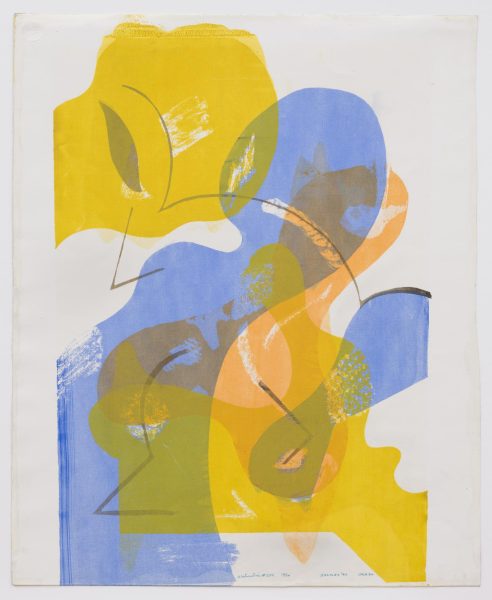
A Chicago-born painter, Kozman created evocative landscapes and abstract compositions. His involvement in the FAP allowed him to experiment creatively, producing abstract paintings and screenprints that were displayed in public spaces throughout Chicago. His works often reflect themes of identity and resilience influenced by his Jewish background.
Ida Abelman (American, 1908–2002)
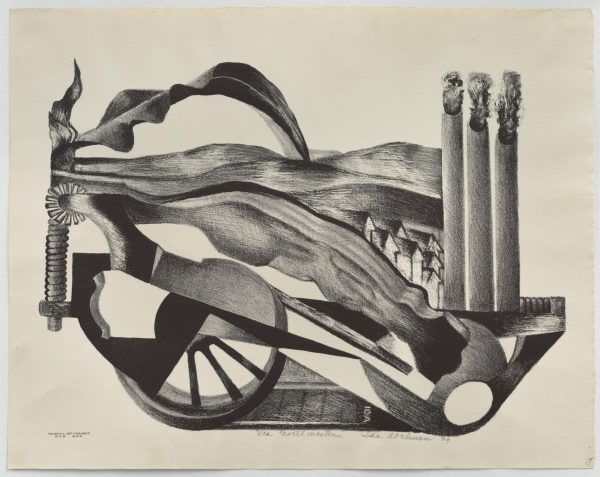
From New York City, Ableman was a pioneering artist whose work bridged social realism and modernism. Her contributions to the FAP included murals and prints that depicted urban life and social justice themes. Abelman’s Jewish heritage played a significant role in her artistic vision highlighting the struggles of the working class.
Beatrice Mandelman (American, 1912–1998)
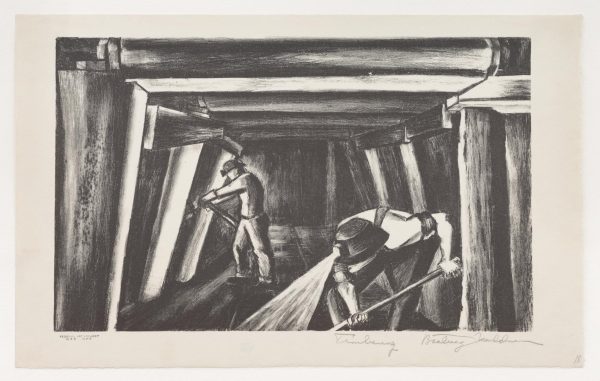
“Timbering”, c.1936–39
lithograph, 8 5/8 ×13 3/8 in.
Saint Louis Art Museum 217:1943
Born in New York City, Mandleman was known for her vibrant abstract works. Her involvement with the FAP provided her with the financial stability to develop her unique style. Mandelman’s art subtly reflected themes of displacement and cultural identity rooted in her Jewish upbringing.
Boris Gorelick (American, born Russia, 1911–1984)
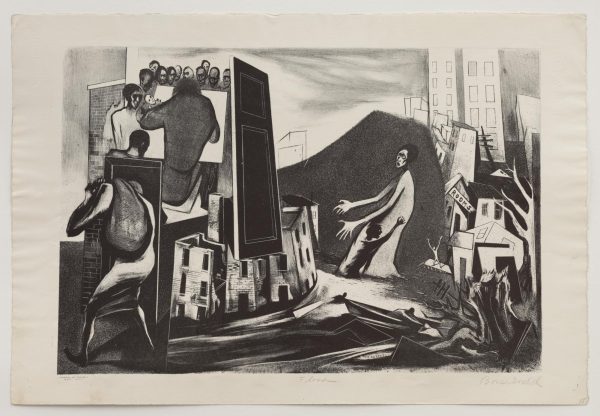
Boris Gorelick, born in Russia in 1911, became a prominent figure in New York City’s art scene. His Jewish heritage profoundly influenced his artistic vision, with many of his pieces reflecting the struggles and triumphs of the Jewish diaspora. Gorelick actively participated in the Federal Art Project of the WPA, where he created murals and illustrations that often depicted the hardships and resilience of the American people during the Great Depression.
ADVERTISEMENT
Gorelick’s contributions to the WPA were marked by a strong narrative quality and a keen observation of human nature, reflecting his commitment to social justice and cultural awareness.
Joseph Hirsch (American, 1910–1981)
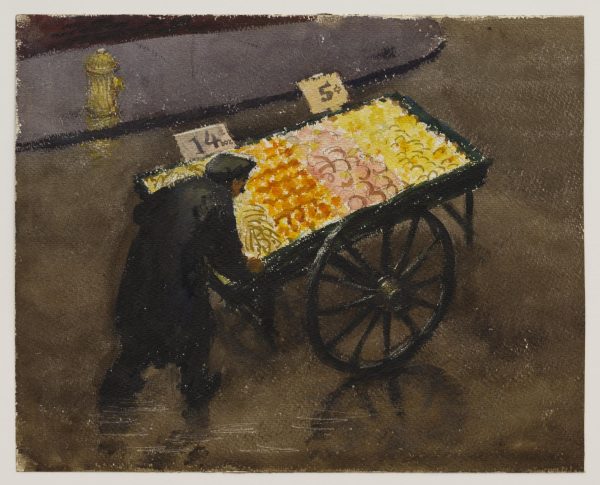
Joseph Hirsch, born in Philadelphia in 1910, was a celebrated American painter and illustrator renowned for his keen social commentary and masterful technique. His Jewish upbringing deeply informed his worldview, instilling in him a profound sense of justice and empathy. Hirsch’s involvement with the Federal Art Project under the WPA was significant, as he created murals and public artworks that depicted the lives and struggles of ordinary Americans during the Great Depression.
“The Work of Art: The Federal Art Project, 1935-1943”
When: Exhibition runs through April 13.
Where: St. Louis Art Museum; Gallery 235 and the Sidney S. and Sadie M. Cohen Gallery 234.
More Information: Accompanied by an audio guide featuring introductions by the curators and discussions on specific artists and techniques, the exhibition promises a comprehensive exploration of the FAP’s impact on American art. Visit them online.





